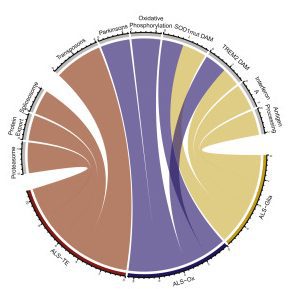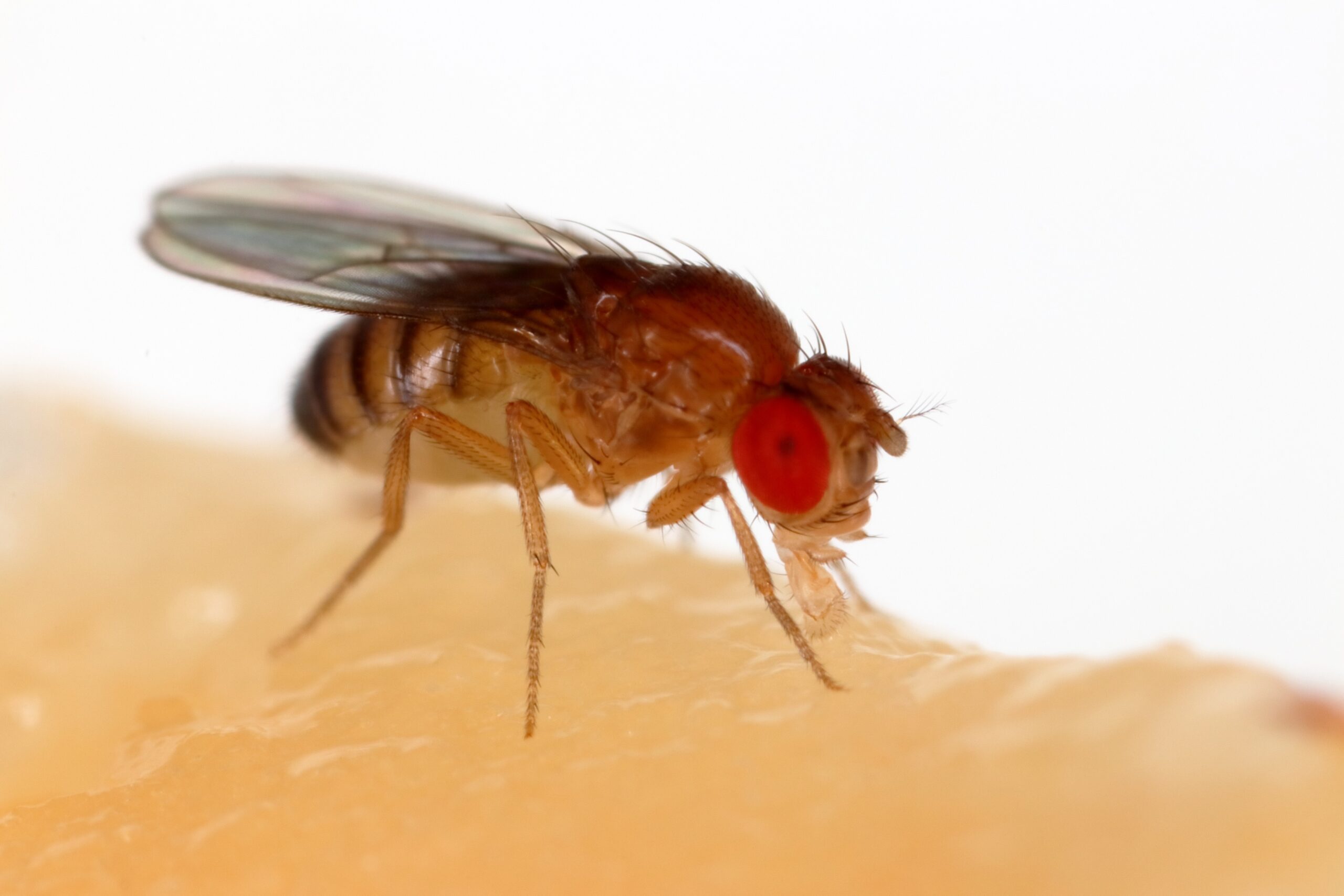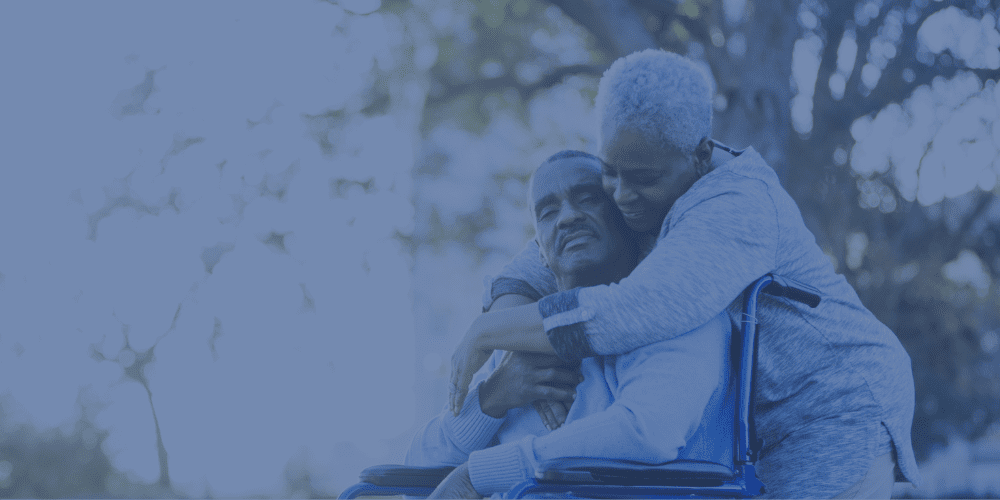 Recently, researchers identified unique pathways which contribute to the development of Amyotrophic Lateral Sclerosis (ALS). Led by researchers from Cold Spring Harbor Laboratory and the New York Genomic Center ALS Consortium, this research advances our current understanding of the disease believed to have several pathogenic mutations through three molecular subtypes.
Recently, researchers identified unique pathways which contribute to the development of Amyotrophic Lateral Sclerosis (ALS). Led by researchers from Cold Spring Harbor Laboratory and the New York Genomic Center ALS Consortium, this research advances our current understanding of the disease believed to have several pathogenic mutations through three molecular subtypes.
“We were building on years of ALS research, showing that a few common pathways are recurrently altered in ALS patient tissues. However, it was previously unclear how these pathways overlapped, and which alterations we might expect to see in a given patient sample. Having a large sample set allowed us to conclusively show that there are three distinct pathways that can segregate sporadic ALS patients into separate groups.” said Molly Gale Hammell, Associate Professor at Cold Spring Harbor Laboratory and co-author of the study. “Going forward, we’re hoping to use these results to see if there are different therapeutic strategies that could be targeted to each patient group.”
Using machine learning algorithms, and biosamples from the Target ALS Postmortem Tissue Core, the consortium found that the largest molecular cluster, identified in 61% of patient samples, displayed hallmarks of oxidative and proteotoxic stress. Another 19% of the samples shows predominant signatures of glial activation. Finally, a third group (20%) exhibited high levels of retrotransposon expression and signatures of DNA-binding protein (TARDBP/TDP-43) dysfunction. They further demonstrated that TDP-43 (1) directly binds a subset of retrotransposon transcripts and contributes to their silencing in vitro, and (2) pathological TDP-43 aggregation correlates with retro- transposon de-silencing in vivo.
Without the Target ALS Postmortem Tissue Core, Hammell believes that these breakthroughs would have taken much longer to achieve, if at all. The Tissue Core provides biosamples to scientists, like her, around the world with no strings attached at a minimal cost. It was launched in direct response to complaints that promising ideas were being slowed by a lack of access to samples, and those that were available were poor quality and expensive. Utilizing this material provided by the Core, however, the Consortium was able to move quickly and collaborate with like-minded partners in the Target ALS Innovation Ecosystem.
To learn more about this study and review its findings it detail, click here




